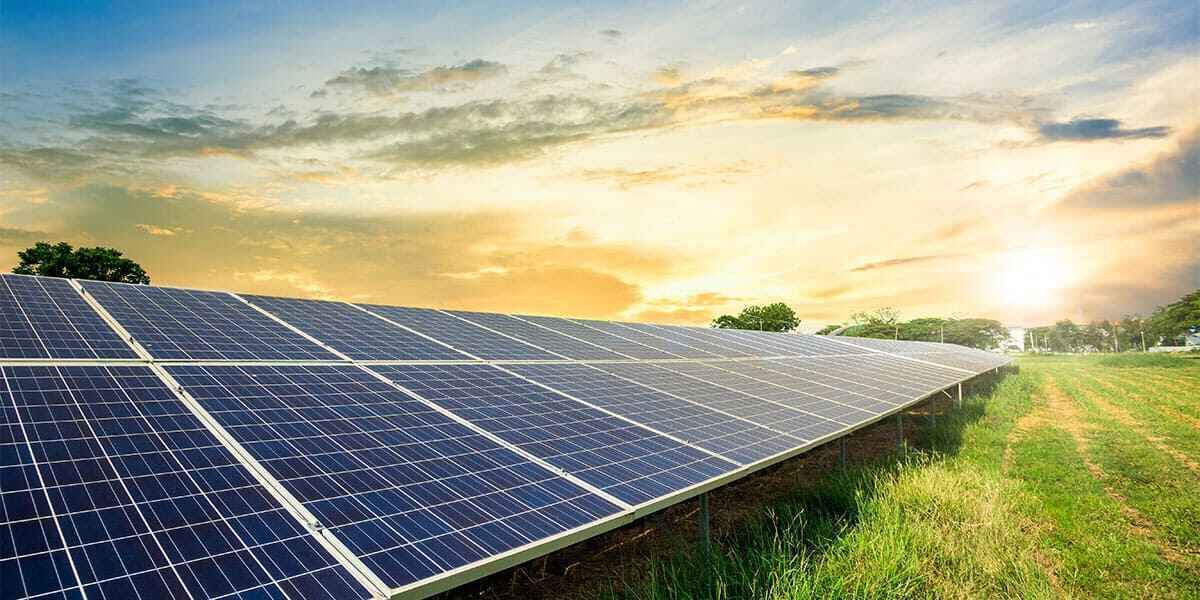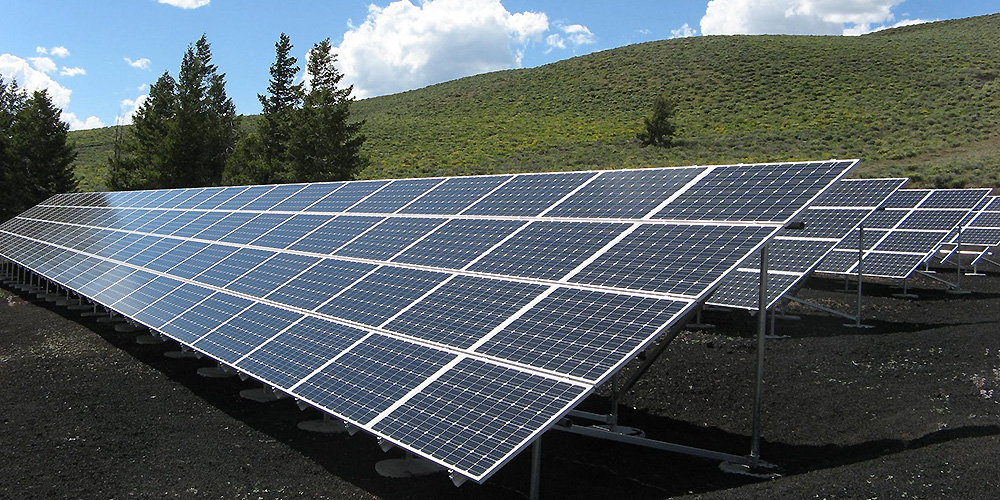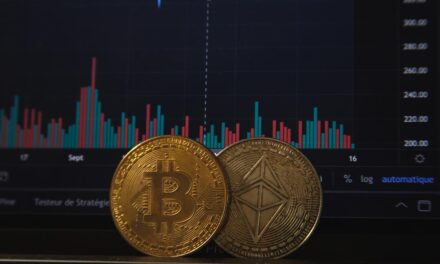
Solar Panels: 5 Surprising and Little-Known Facts

Solar panels are no longer a rarity, especially in sun-drenched countries like Spain, where cities such as Seville, Madrid, and Barcelona take advantage of the abundant solar energy available throughout the year. With over 300 days of sunshine annually, solar power is becoming a go-to solution for meeting rising energy demands sustainably. This growth in adoption is not just a trend but a reflection of the real benefits that solar energy offers—economic savings, environmental protection, and energy independence.
However, despite the rising popularity of solar panels, there are still many aspects of this technology that remain unknown to the general public. In this article, we’ll explore five surprising and little-known facts about solar panels that will deepen your understanding of this eco-friendly technology.
1. The First Solar Panel Was Invented in 1883
While many associate the rise of solar power with recent advancements, the origins of solar panels go back much further than you might expect. In 1839, French physicist Alexandre-Edmond Becquerel discovered the photovoltaic effect, which is the process by which solar panels generate electricity from sunlight. It wasn’t until 1883, however, that American inventor Charles Fritts created the first practical solar panel by coating selenium with a thin layer of gold. Although this early solar panel was far less efficient than the ones we use today, it laid the groundwork for modern photovoltaics and demonstrated the basic principle of converting sunlight into electrical power.
2. Solar Energy Could Be the Primary Global Power Source by 2050
The future of solar energy is bright—literally and figuratively. According to a report by the International Energy Agency (IEA), solar energy is on track to become the world’s leading source of electricity by 2050. With solar photovoltaic (PV) technology improving rapidly and installation costs dropping, it is projected that solar panels could generate up to 16% of global electricity by mid-century. This growth would position solar energy to surpass traditional power sources like fossil fuels, wind, hydro, and even nuclear energy. The potential for solar energy to reshape the global energy landscape is immense, particularly as countries transition toward more sustainable power solutions.
3. Solar Panels Are Becoming More Affordable for Homes
One of the biggest misconceptions about solar energy is that it’s too expensive for the average homeowner. While it’s true that the upfront cost of installing a solar energy system can be high, the situation is changing fast. Over the last decade, the cost of solar panels has dropped significantly due to advancements in technology and increased production scale. In Spain, for instance, the government and many autonomous communities offer financial incentives and subsidies for installing solar panels. These incentives, along with lower installation costs, make solar energy more accessible than ever before. With the added benefit of reducing electricity bills and offering long-term savings, solar energy is an increasingly viable option for homeowners looking to go green.
4. Solar Panels Work Even on Cloudy and Rainy Days
A common myth is that solar panels are only effective in sunny weather, but that’s not entirely true. Solar panels are designed to generate electricity even on cloudy or rainy days. Photovoltaic cells in solar panels convert not just direct sunlight but also diffuse sunlight that filters through clouds. While their efficiency may decrease during cloudy weather, they can still produce a significant amount of electricity, ensuring that solar panels continue working year-round. Moreover, modern solar panel technology has improved to the point where they can operate effectively across a wide range of temperatures, ensuring reliable energy production regardless of weather conditions.
5. Solar Panels Can Pay for Themselves in Just Five Years
For many homeowners, the question of whether solar panels are a good investment comes down to how quickly they can recoup the initial installation cost. On average, solar panels pay for themselves within five years through savings on electricity bills and the financial incentives tied to self-consumption. The actual payback period can vary depending on factors such as the size of the solar panel system, the amount of sunlight the location receives, local electricity costs, and available government incentives. In regions like Spain, where the sun shines almost year-round, the payback period can be even shorter, making solar energy a cost-effective long-term investment.
Conclusion: Solar Energy’s Role in a Sustainable Future

Solar energy is no longer a niche technology; it has become a cornerstone of global efforts to reduce reliance on fossil fuels and combat climate change. In sunny regions like Spain, solar power is poised to play an even more significant role in the future, offering economic savings, environmental benefits, and energy independence. Beyond just lowering electricity bills, solar panels increase property value, reduce the carbon footprint, and contribute to a cleaner, greener planet. Whether you’re considering installing solar panels or just curious about how they work, these five facts demonstrate the versatility, efficiency, and long-term potential of solar energy.
By investing in solar panels today, individuals and businesses alike can contribute to a sustainable future while reaping tangible economic benefits for years to come. Solar energy is more than just a trend—it’s a practical and forward-thinking solution to the world’s growing energy demands.

























